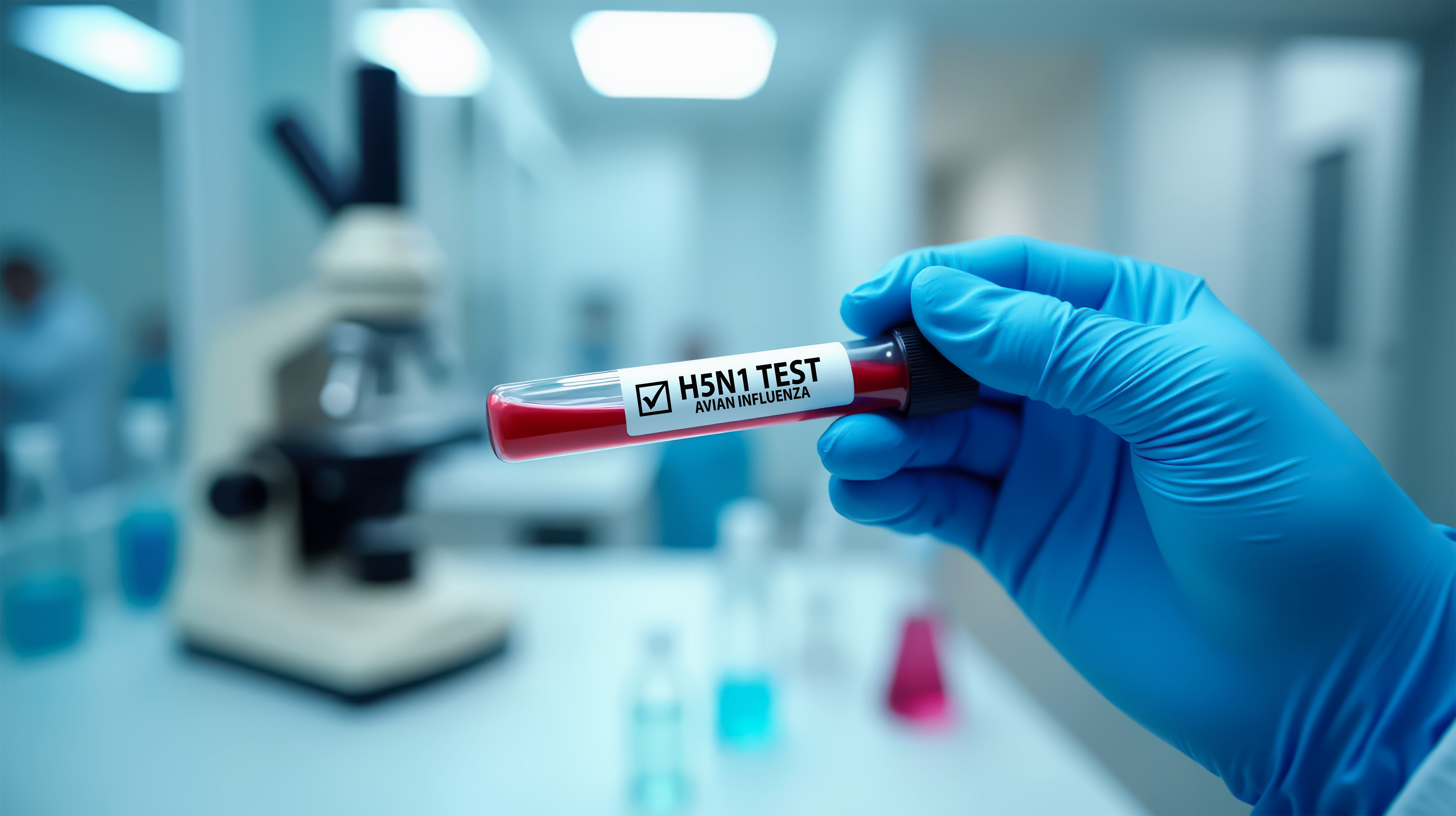Article
UV Light Could Fight the Spread of Influenza
Author(s):
Ultraviolet C light could be safely harnessed to kill influenza microbes.
It is common knowledge among scientists that broad spectrum ultraviolet C (UVC) light can destroy the molecular bonds that hold together bacteria and viruses. Due to its efficacy, hospitals often use UVC light with a wavelength between 200 and 400 nanometers to sterilize surgical equipment.
However, conventional UVC light can damage human tissue and continuous exposure can lead to skin cancer and cataracts. Far-UVC light is equally as effective in killing microbes as conventional UVC light, without causing damage to healthy tissue.
Although far-UVC light is not strong enough to affect human tissue, it can kill microbes and may be effective in preventing the spread of influenza, according to a study published by Scientific Reports.
“Far-UVC light has a very limited range and cannot penetrate through the outer dead-cell layer of human skin or the tear layer in the eye, so it's not a human health hazard,” said study leader David Brenner, PhD. “Because viruses and bacteria are much smaller than human cells, far-UVC light can reach their DNA and kill them.”
Past studies have shown that far-UVC light was effective in killing methillin-resistant S. aureus from surgical wounds in humans and mice. The authors reported these findings may represent a major breakthrough in preventing and killing the spread of the flu, which is spread person to person through aerosols, airborne liquid droplets from talking, sneezing, or coughing.
The study tested whether far-UVC light could effectively kill flu aerosols in a similar setting to a public space.
Researchers released aerosols of the H1N1 strain into a test chamber exposed to far-UVC light with a wavelength of 222 nanometers. A control group of aerosols was released into a chamber with no exposure to far-UVC light.
The authors discovered that far-UVC light was successful in killing the flu virus, according to the study.
These findings may suggest that far-UVC lights could be implemented in places where individuals are susceptible to airborne illnesses including schools, hospitals, physician’s offices, and airports. This could be a major step in preventing flu epidemics and pandemics, according to the study.
"If our results are confirmed in other settings, it follows that the use of overhead low-level far-UVC light in public locations would be a safe and efficient method for limiting the transmission and spread of airborne-mediated microbial diseases, such as influenza and tuberculosis," Dr Brenner said.
The use of far-UVC may be cost-effective way to prevent and kill the flu because each lamp would cost approximately $1000, with the potential to decrease upon mass production, according to authors.
"Unlike flu vaccines, far-UVC is likely to be effective against all airborne microbes, even newly emerging strains,” Dr Brenner said.






